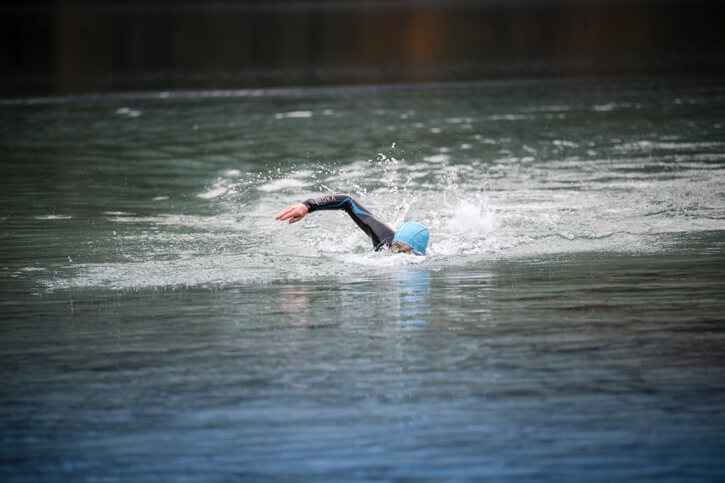For swimmers looking to shave seconds off their times without adding hours in the pool, dryland training offers a powerful solution. In a recent video, three simple yet highly effective exercises are introduced that target the core mechanics of swimming: body position, straight-line movement, and propulsion. These exercises can be done anywhere—at home, on the go, or as part of a warm-up routine—making them ideal for busy athletes.
🏊♂️ Why Dryland Matters
Swimming faster isn’t just about moving your arms and legs quicker. It’s about moving smarter. These exercises are designed to reinforce the technical elements that make swimming more efficient, helping athletes reduce drag, improve direction, and maximize power.
💪 1. Dead Bug: Mastering Streamlined Body Position
The dead bug exercise is a core staple that teaches swimmers how to maintain a flat, streamlined posture. By pressing the lower back into the ground and moving opposite limbs in sync, swimmers mimic the body alignment needed in the water. This reduces drag and helps prevent the common issue of hips and legs sinking during a swim.
Key Benefit: Builds core stability for a flatter, more hydrodynamic position in the water.
🤸♀️ 2. Plank Variation: Enhancing Body Control
This plank variation involves lifting opposite arms and legs while maintaining a stable torso. It trains swimmers to eliminate unnecessary side-to-side movement, which can waste energy and disrupt forward momentum.
Key Benefit: Improves neuromuscular control and helps swimmers maintain a straight, efficient line through the water.
🦾 3. Resistance Band Drill: Powering Up Propulsion
Using a resistance band, swimmers simulate the underwater pull phase of the stroke. The focus is on keeping the hand perpendicular to the ground (or pool bottom) and extending the arm as in a tricep extension. This reinforces proper stroke mechanics and prevents premature arm lift, which can reduce propulsion.
Key Benefit: Builds strength and reinforces efficient stroke technique for maximum power output.
🎯 Key Takeaways
- Core Stability = Streamlined Swimming: A strong core helps maintain a flat body position, reducing drag.
- Body Control = Energy Efficiency: Stability drills prevent wiggling and wasted motion.
- Resistance = Better Mechanics: Practicing stroke movements under tension builds strength and reinforces proper form.
- Technique Over Speed: Smart movement leads to sustainable speed gains.
- Train Anywhere: These exercises require minimal equipment and space, making them perfect for swimmers with limited pool access.
- Progressive Challenge: Variations allow for continued growth and adaptation.
🏅 Final Thoughts
Integrating these exercises into your routine can lead to noticeable improvements in swim quality, even without increasing your time in the water. By focusing on technique, body awareness, and strength, swimmers can unlock new levels of performance—efficiently and effectively.
Andrejs Birjukovs is a certified coach and multisport athlete with a background in swimming, kayaking, marathon and trail running, as well as long-distance triathlons. Throughout his professional athlete and coaching careers, Andrejs has learned the value of reinventing oneself through physical exercise and lifestyle changes. He is an IRONMAN certified coach and runs The Athlete Blog where he shares his training and coaching experience with the world. He is the author of The Resilient Athlete.





